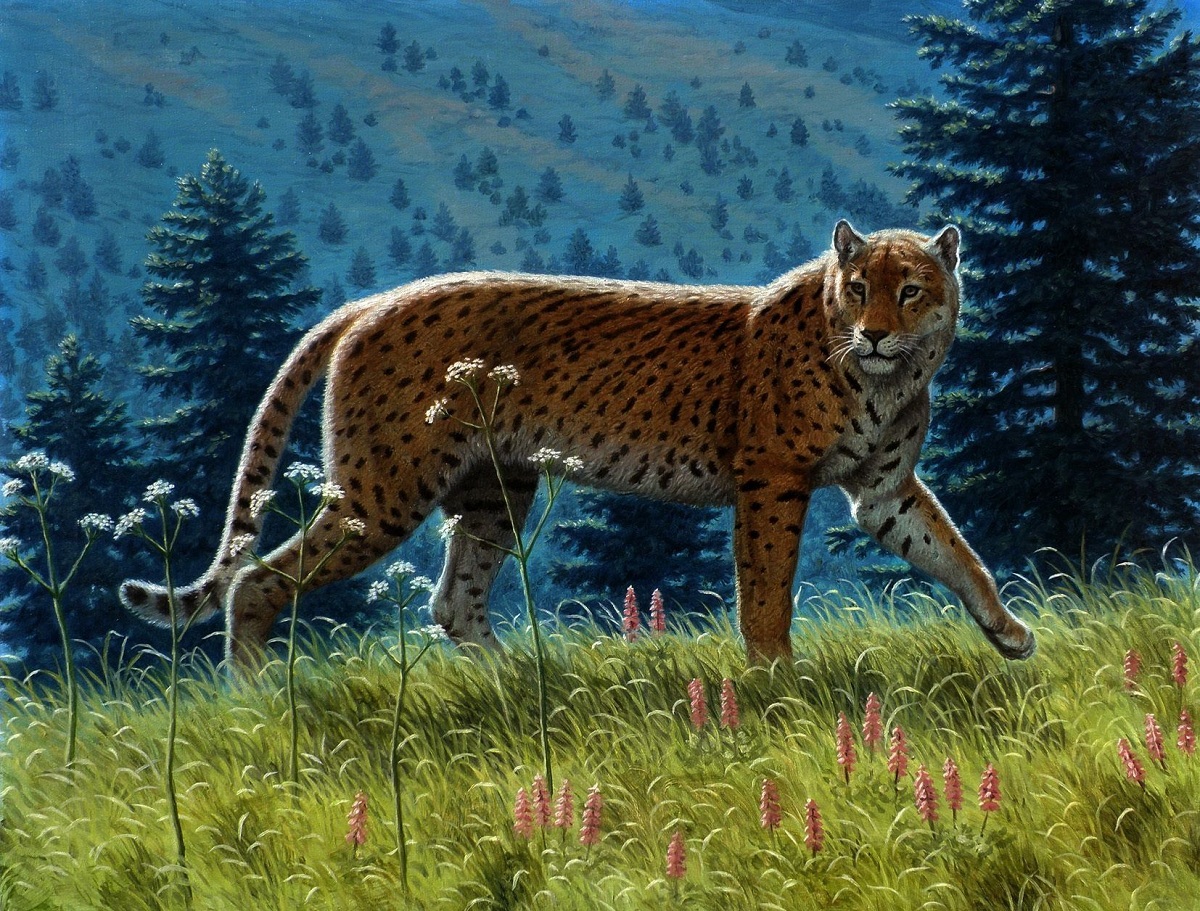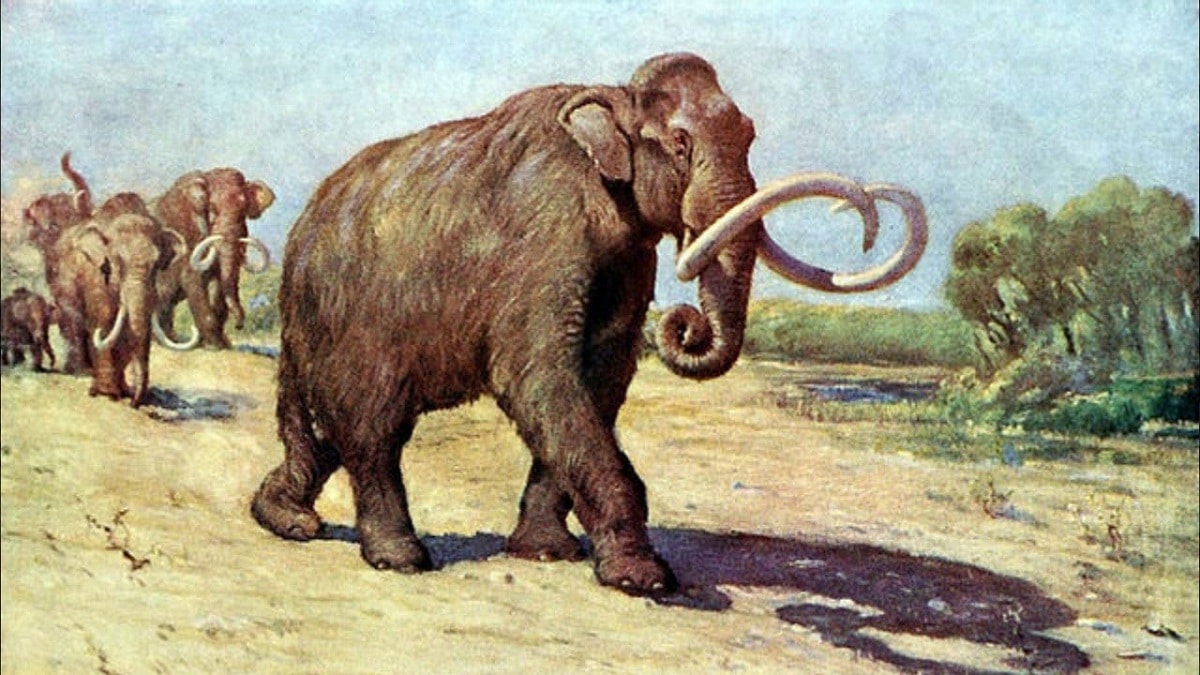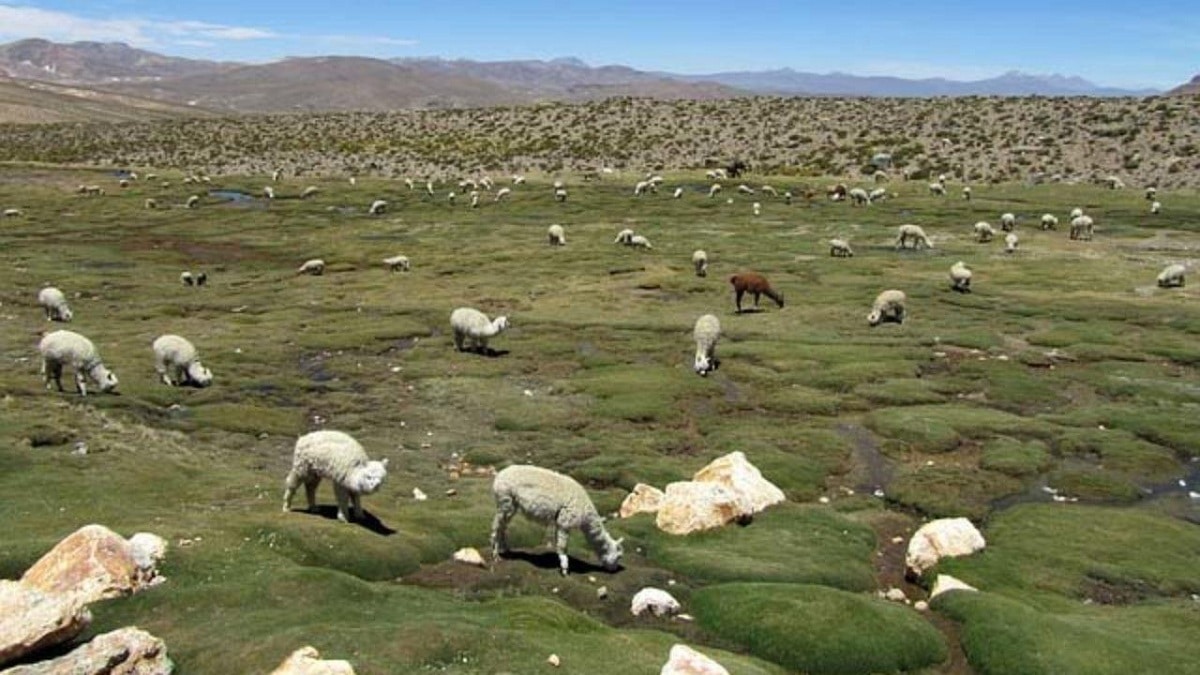
The time we are in today is known as Holocene. This is the last period that makes up the Cenozoic era and that began approximately 12.000 years ago. In this period is most of all the development of humanity since nomadic customs until today. Throughout this time the fauna has undergone great changes at a global level. Therefore, we are going to analyze the fauna of the Holocene.
In this article we are going to tell you all the characteristics, evolution of the Holocene fauna.
General context

In order to explain the Holocene fauna we must introduce a context in which we find ourselves today. Throughout this time we have been able to observe the development of the human being, which includes all the milestones of humanity since the establishment of the first social groups and civilizations, the development of writing, exploration trips and great cultural advances. and intellectuals.
Since the human being was nomadic until today there has been a lot of evolution. As expected the human being is a key piece in the repercussion that has on the fauna of the Holocene. The fauna has undergone various changes influenced by humans and the adaptations that they have had to develop. And it is that the scenario as we know it has been changed many times by the development of technology and human populations.
Natural spaces are becoming less and less and pollution is part of this ecosystem. Animals and plants have had to adapt to different conditions in a much shorter period of time than normal. Before the existence of the human being, there were changes in the flora and fauna at a global level but they had a much longer period of time. For which species evolved and will adapt to new environments millions of years could pass. However, as we can see today, the human being has changed this entire paradigm. Species must adapt in just periods of centuries and less and less.
The Holocene fauna has experienced a massive extinction where a continuous process can be observed. Not only the fauna but also the flora is experiencing a global extinction caused by the action of human beings. Many specialists have cataloged this extinction process as the longest in the history of the earth for the aforementioned time. And it is that the causes of this extinction are not the changes in the environmental factors but by the action of the human being.
The context in which we find ourselves in the Holocene is an interglacial epoch. This era began at the end of a period of initially intense and it is expected that in the not too distant future another ice age will occur.
Holocene fauna

As we have mentioned before, the animals have not varied much during this period but they have had to adapt to numerous changes. All the species that have managed to maintain themselves over time have not undergone any noticeable change or evolution. Those species that have been accentuated and prolonged in time are those that have managed to survive this extinction of both terrestrial and maritime species. The action of human beings and their desire to conquer the planet is what is endangering both animals and plants.
We are going to list those animals that existed in the early Holocene and that have already become extinct:
- Mammoth: they are species very similar to the elephants that we have today and belong to the same family. Its main characteristic was to have a trunk whose sides protruded huge fangs. The body was covered with hairs since it was an adaptation to be able to survive in low temperatures. The size of the mammoth was variable and fossils of some specimens that are larger than current elephants have been collected. There are other species that are smaller in size and were called dwarf mammoth species.
- Dodos: it was a species of bird endemic to Mauritius. They were very small in size and weighed approximately 12 kilos. It could reach a meter in height although it did not have the ability to fly. The look of his body was quite chubby. Some specialists of this bird name it as an emblematic example of the extinction of a species by the action of man. And it is that this species was able to live in its habitat and develop well until man arrived on this island at the beginning of the XNUMXth century. After the arrival of human beings to their habitat, their populations were drastically reduced until their extinction.
- Moa: it is another species of bird that habit or in New Zealand until the fifteenth century. It is here where it became extinct because of the human being. In appearance it was very similar to the ostrich. It can measure up to 3 and a half meters and weigh approximately 275 kilos. As expected, the human being began to hunt this species for consumption. The invasion of Maori hunters in their natural habitat was the main reason for the extinction of this species.
Holocene fauna in danger of extinction

Currently there is an international body that is in charge of evaluating species according to their degree of threat and their possibility of extinction. This organism is known as the international union for the conservation of nature (IUCN). This organism has established different categories depending on the reduction of populations and the effect on its ecosystems. We can find categories from vulnerable, danger of extinction, critical danger of extinction, extinct in the wild, extinct, not threatened, of minor concern and without sufficient information.
Currently we are going to list some of the species that are in imminent danger of extinction and that are the best known:
- Iberian lynx
- Wild camel
- Orangutan
- Asiatic antelope
- Delegate-billed vulture
- Black browed albatross
- Covenant or blue
- Tiger-tailed seahorse
All these species belong to the Holocene fauna and are in serious danger of extinction. Such is their gradual extinction process that the sixth great extinction is being declared. The most alarming thing is that this period of time is very short for the large number of species that are going extinct.
I hope that with this information you can learn more about the fauna of the Holocene.